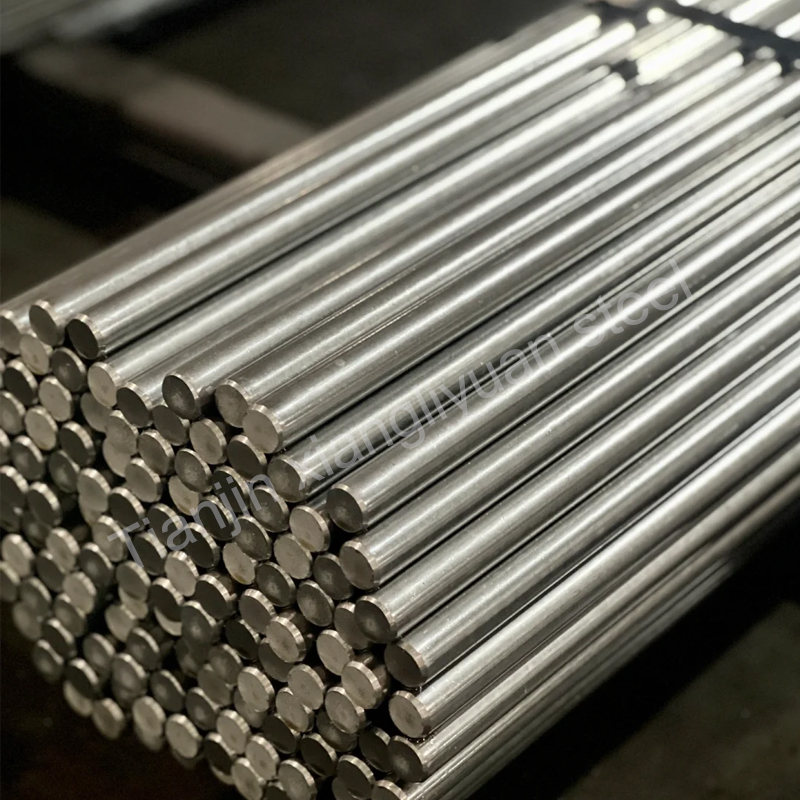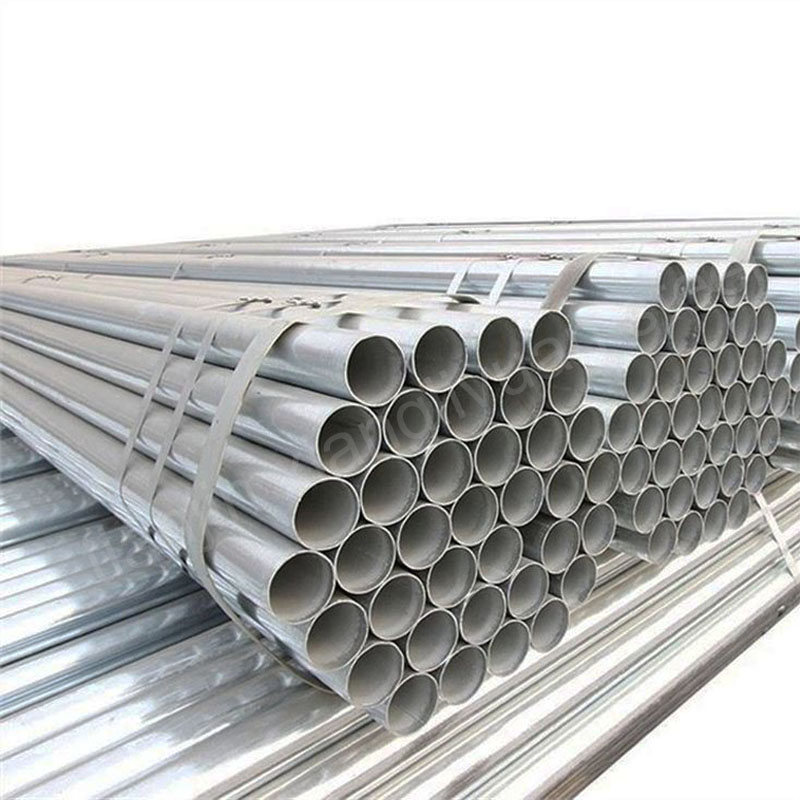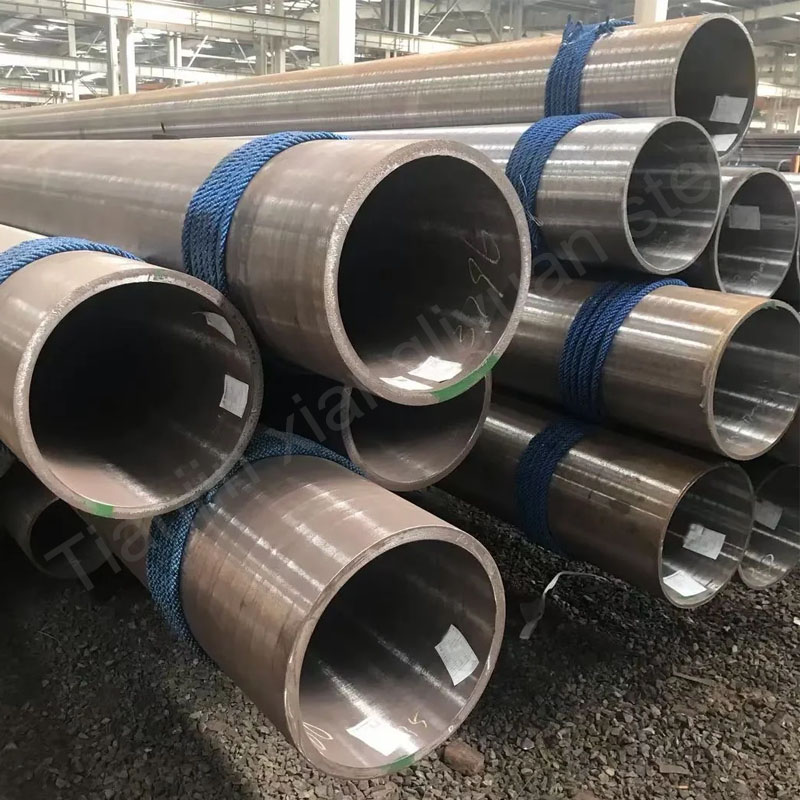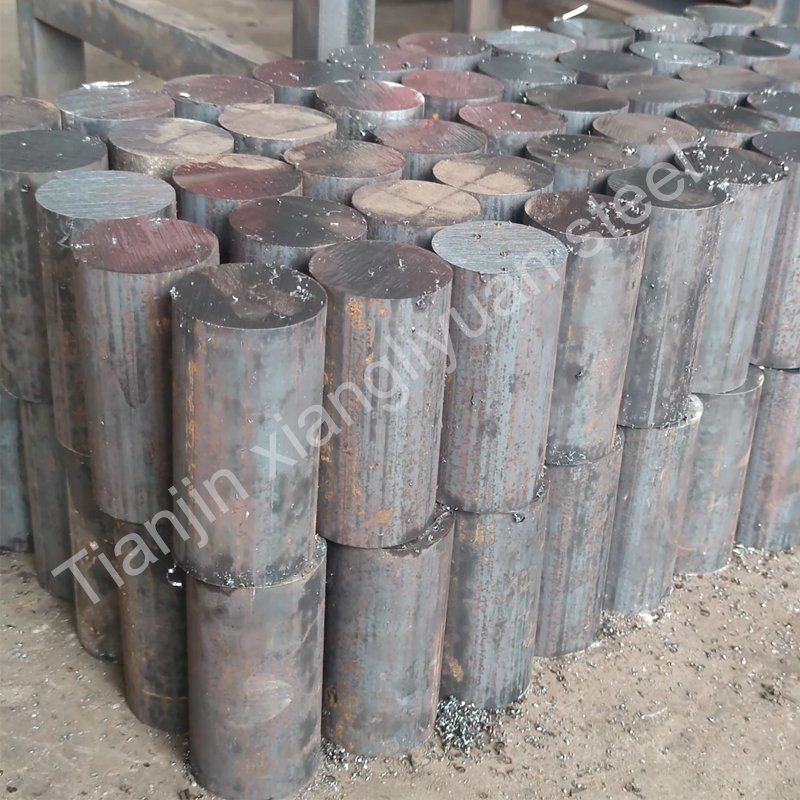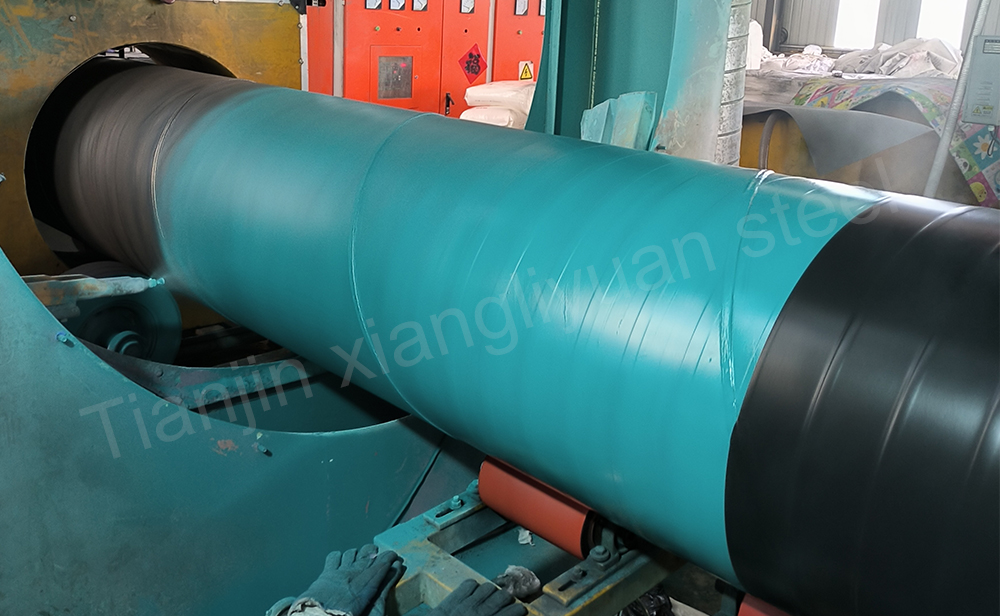45# Steel is a high-quality carbon structural steel with the following characteristics:
1. Good comprehensive mechanical properties: It has a certain balance of strength, hardness, toughness and plasticity.
2. Good machinability: It is relatively easy to perform cutting, forging, welding and other processing operations.
3. Relatively low price: Among many steel materials, the cost is relatively economical.
Its application range is very wide:
1. Mechanical manufacturing field: It is often used to manufacture various shaft parts, such as transmission shafts, machine tool spindles, etc.
2. Gears and racks: They can meet the requirements of transmission parts for strength and precision.
3. Mold manufacturing: Some mold structural parts will use 45# Steel.
4. General structural parts: such as bolts, nuts, connecting rods, etc.
45 steel generally refers to 45# steel plate. 45 is the steel grade. It is a high-quality carbon structural steel. Its characteristics are higher strength and deformation resistance than ordinary A3 steel. The 45 in 45# Steel refers to the carbon content of 0.45%, which belongs to medium carbon steel. Steel can be divided into low carbon steel, medium carbon steel and high carbon steel.
Carbon content: low carbon steel is generally less than 0.25%; medium carbon steel is generally between 0.25 and 0.60%; high carbon steel is generally greater than 0.60%. Usually, the carbon content less than 0.02% is called wrought iron, greater than 2.11% to 4.3% is called pig iron, and the middle is steel.
Mechanical properties: normalizing: 850; quenching: 840; tempering: 600; tensile strength: not less than 600Mpa; yield strength: not less than 355Mpa; elongation: 16%; shrinkage: 40%; impact energy: 39J; GB/T699-1999 standard 45 steel recommended heat treatment temperature is 850℃ normalizing, 840℃ quenching, 600℃ tempering, the performance achieved is yield strength ≥355MPa. GB/T699-1999 standard stipulates that the tensile strength of 45 steel is 600MPa, the yield strength is 355MPa, the elongation is 16%, and the cross-sectional shrinkage is 40%. The hardness specification size of the modulation treatment.
It should be noted that the hardenability of 45 steel is low, and it may not be suitable for some occasions with high hardenability requirements. At the same time, when performing heat treatment, it is necessary to select a suitable treatment method according to the specific use requirements and process conditions to give full play to its performance advantages.
Anti-rust treatment of 45 steel
1. Apply anti-rust oil: Apply anti-rust oil on the surface of 45 steel to form a protective film to block air and moisture from contacting the steel surface, thereby preventing rust.
2. Electroplating: For example, zinc plating, chrome plating, etc., a metal coating is plated on the surface of the steel to enhance the anti-rust performance.
3. Chemical oxidation treatment: Form an oxide film on the surface of the steel by chemical methods, such as bluing treatment.
4. Painting: Apply anti-rust paint on the surface of 45 steel to effectively prevent rust.
5. Vacuum packaging: Pack 45 steel in a vacuum environment to reduce contact with oxygen and moisture.
6. Dry storage: Ensure that the environment for storing 45 steel is dry, reduce humidity, and reduce the possibility of rust.

